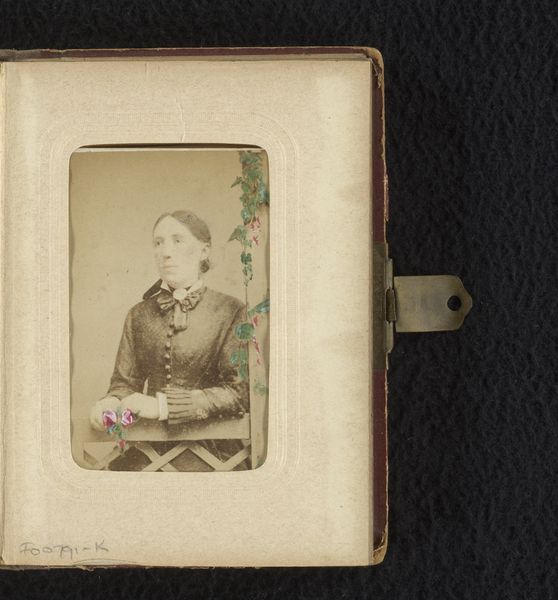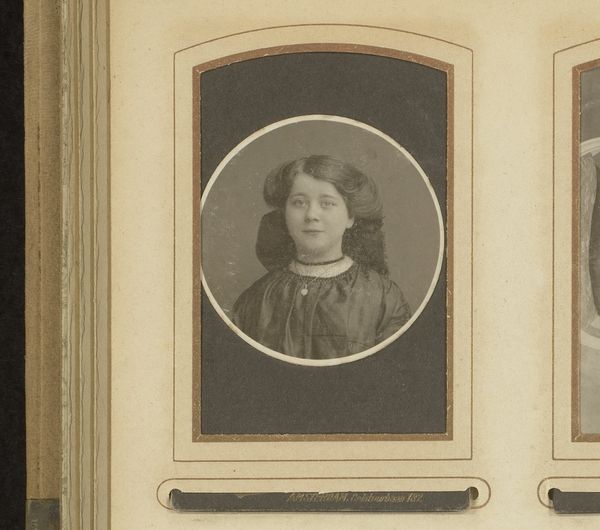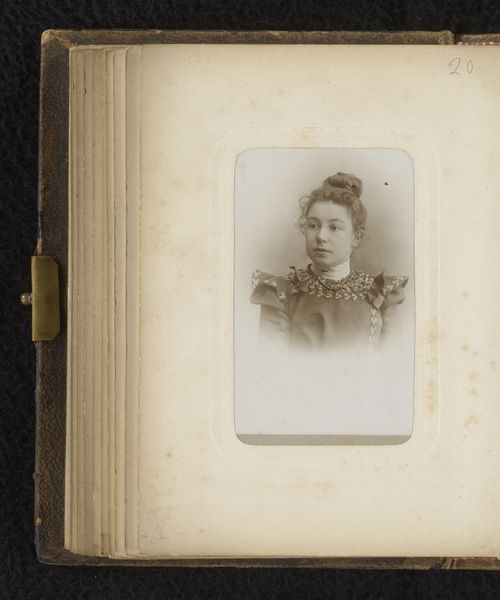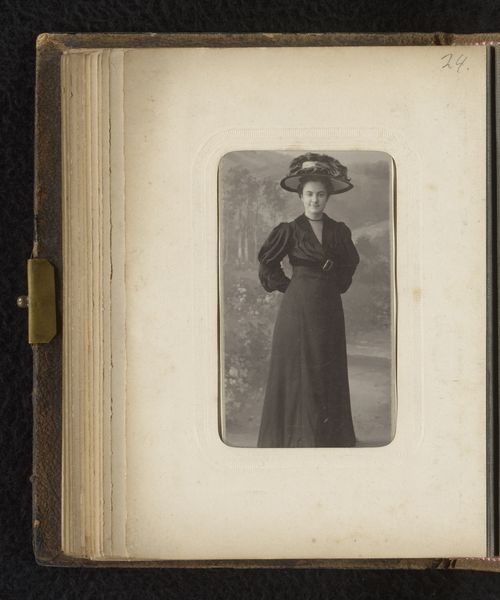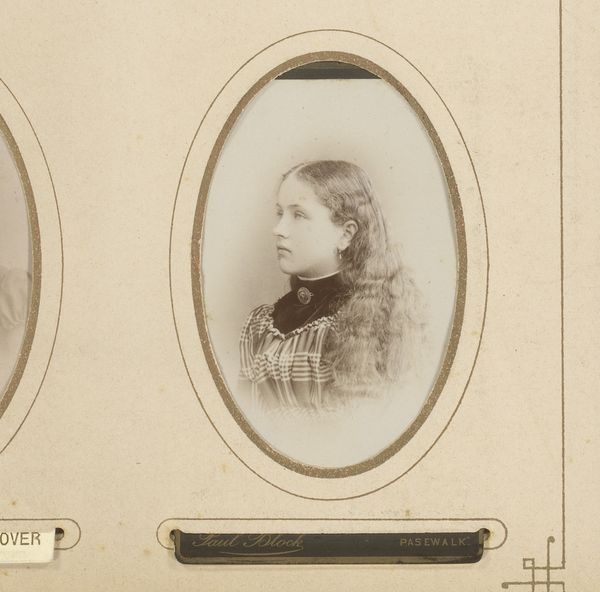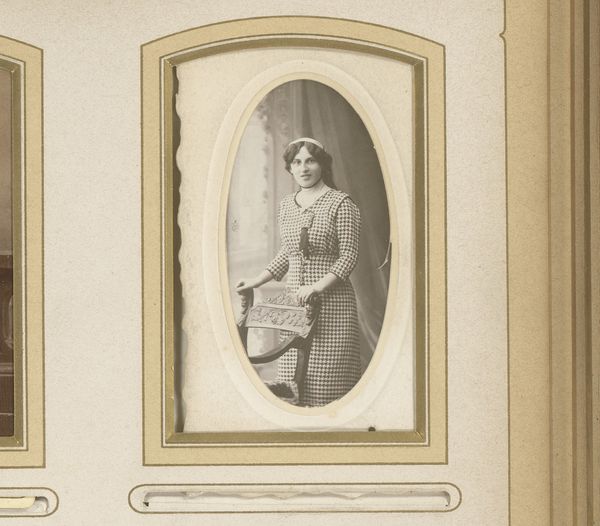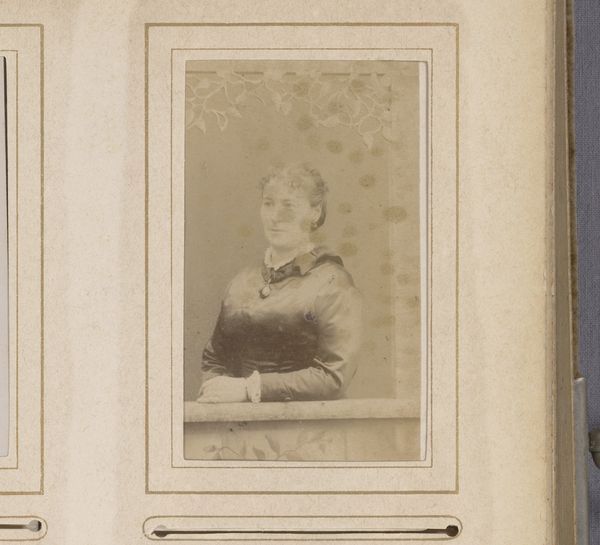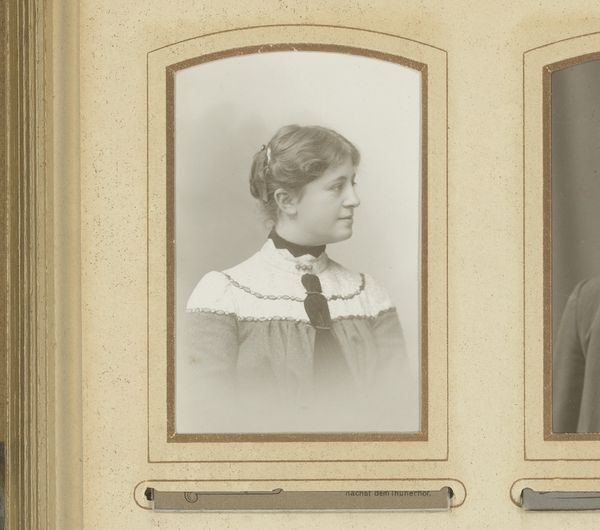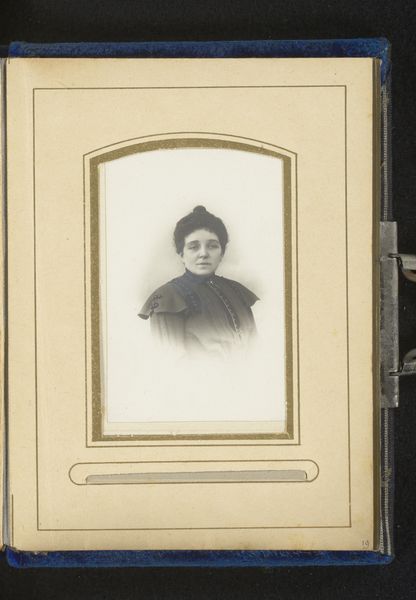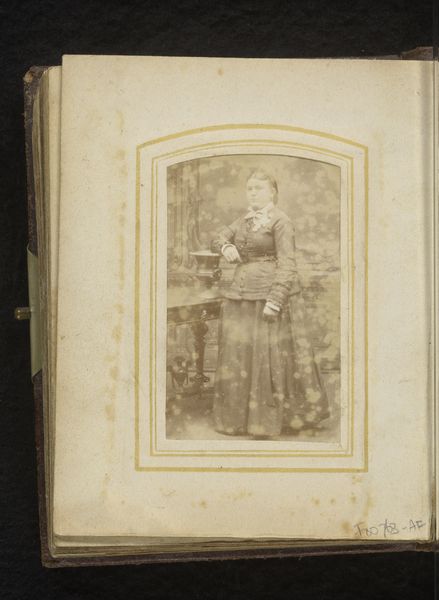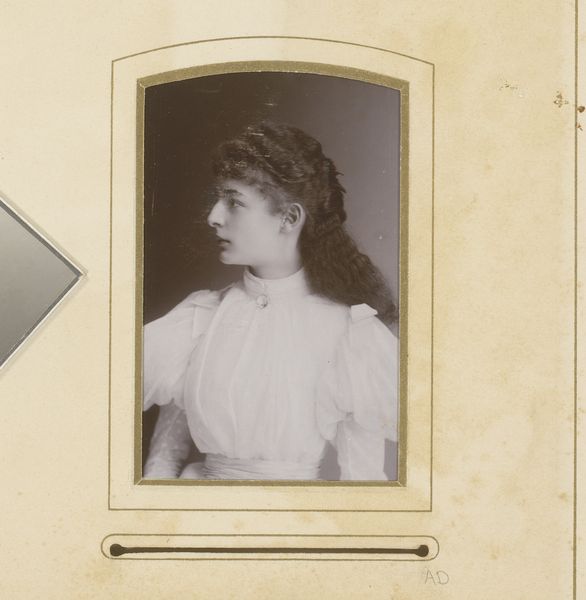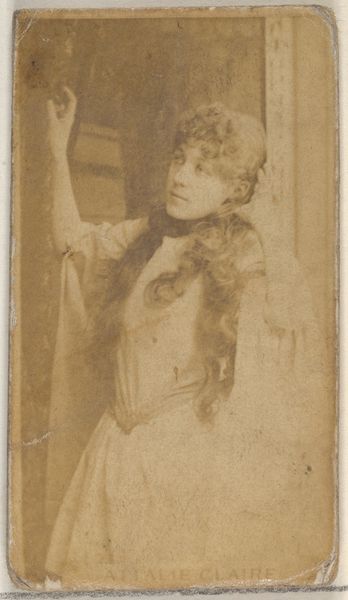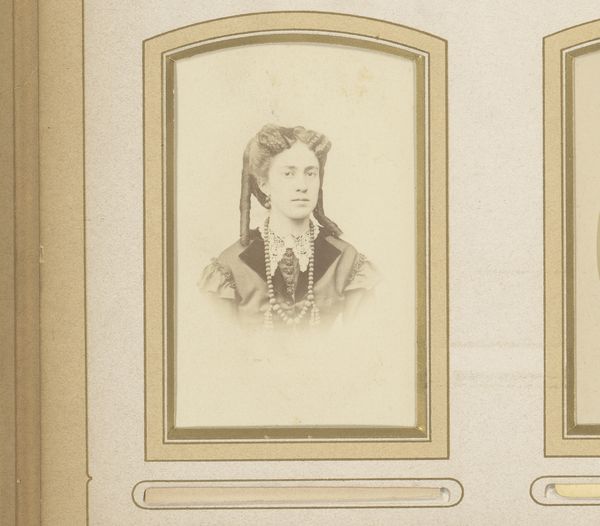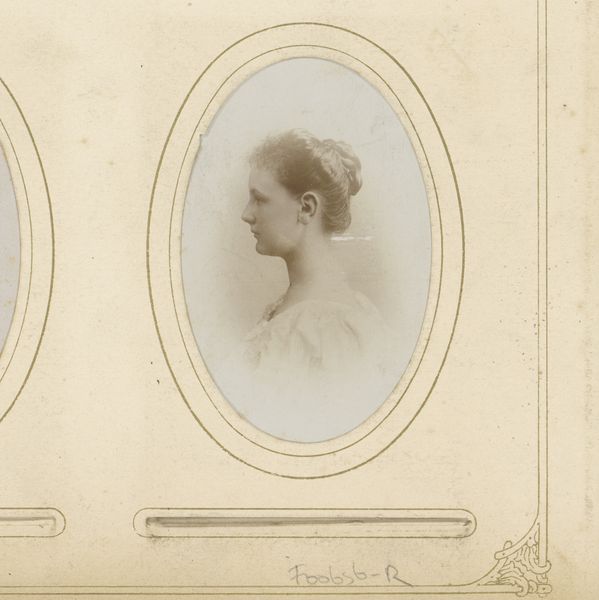
gouache, watercolor
#
portrait
#
gouache
#
water colours
#
gouache
#
watercolor
#
romanticism
#
miniature
Dimensions: 3 1/16 x 2 1/2 in. (7.7 x 6.4 cm)
Copyright: Public Domain
Editor: This is a watercolor and gouache miniature portrait of Mary Kellogg, created sometime between 1835 and 1841 by James Whitehorne. It's so small and delicate, yet there’s a striking formality to the sitter and a curious intimacy about its scale. What strikes you about it? Curator: What I find immediately compelling is how this miniature speaks to the material conditions of portraiture in the early 19th century. These weren’t mass-produced images; think about the labor involved in creating such detail on such a small scale, with materials like watercolor and gouache meticulously applied. Consider too the context of its display, likely intended for personal keepsakes rather than grand public exhibition. How do these factors impact your perception? Editor: I see what you mean. It wasn’t easily reproducible, adding to its inherent value. Does that intimate scale suggest something about the relationship between artist and sitter? Curator: Absolutely. These miniatures were often commissioned for private circulation – family, close friends, perhaps a potential suitor. So, the materials and the making process directly informed the consumption and circulation of the artwork. Think about the kind of paints and paper available, how the clothing signifies status, even the portability suggests its preciousness. Editor: So, looking beyond just the likeness of Mary Kellogg, you see it as a product of its time, deeply connected to its materiality and social purpose. That makes me see it in a completely different light. Curator: Precisely! By considering these material factors, we gain a deeper understanding of the artwork's role within the broader cultural landscape. Each careful application of paint becomes an economic and social statement, too. Editor: That's a fascinating way to approach art history; it has really deepened my appreciation. Thanks! Curator: Indeed! Focusing on production, labor, and materials truly brings history to life, doesn’t it?
Comments
No comments
Be the first to comment and join the conversation on the ultimate creative platform.
